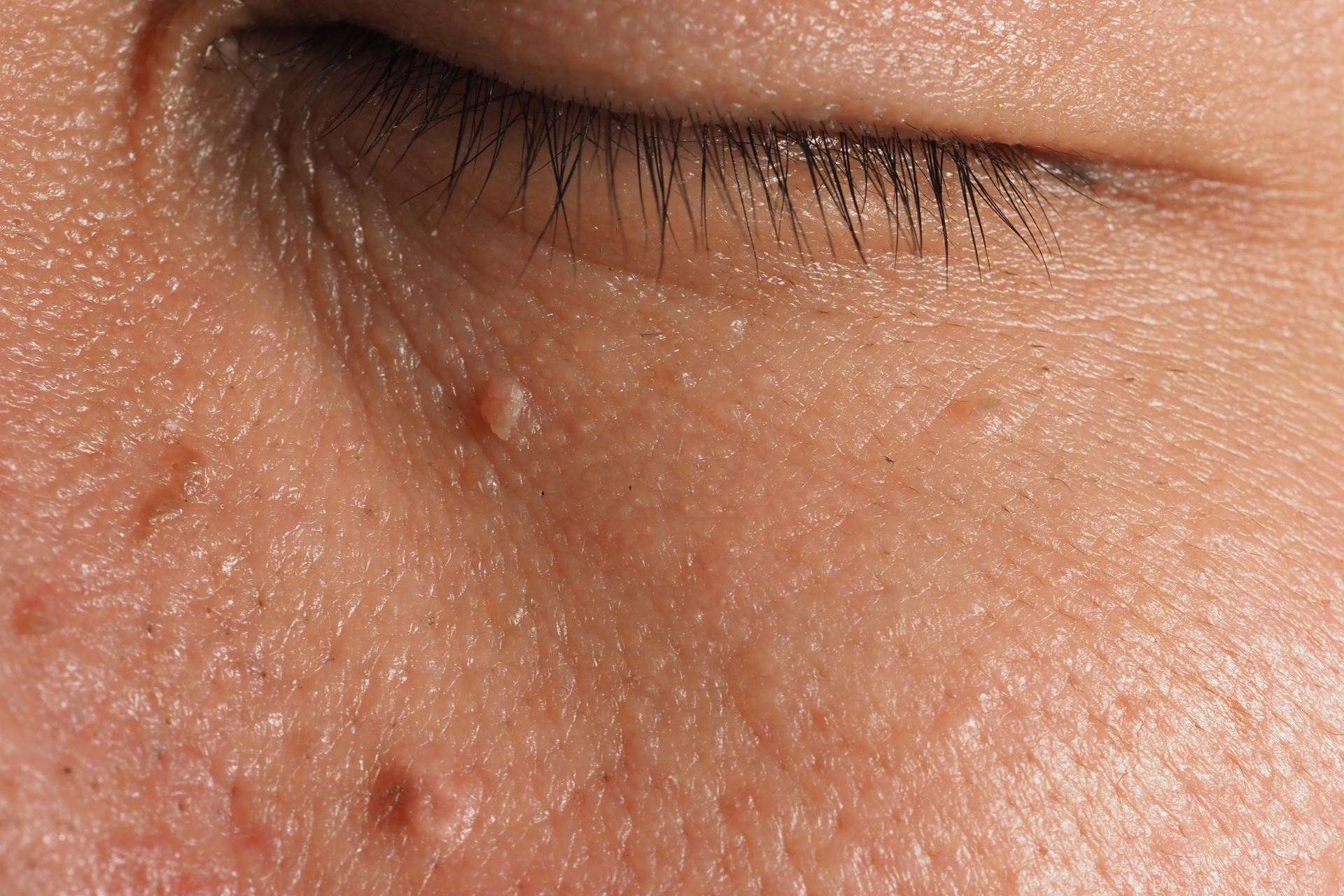Common Misconceptions About Warts and How to Treat Them

Warts are a common skin condition that can affect anyone, regardless of age or skin type. While they are generally harmless, warts can be unsightly and may cause discomfort or embarrassment. Unfortunately, there are many misconceptions surrounding warts that can lead to confusion when it comes to treatment. In this blog post, we'll debunk some of the most common misconceptions about warts and provide information on how to effectively treat them.
Misconception #1: Warts are caused by touching frogs or toads
One of the most persistent myths about warts is that they are caused by coming into contact with frogs or toads. While this may make for an interesting old wives' tale, the reality is that warts are actually caused by the human papillomavirus (HPV). HPV is a common virus that can be spread through direct skin-to-skin contact or by touching contaminated surfaces. Contrary to popular belief, warts are not caused by handling amphibians.
Misconception #2: Warts can be cured by over-the-counter treatments
Many people believe that over-the-counter treatments, such as wart removal creams or patches, can effectively get rid of warts. While these products may work for some individuals, they are not always the most effective solution. Warts can be stubborn and resilient, especially if they are located on thicker skin areas like the hands or feet. In some cases, self-treatment with over-the-counter remedies may actually make the wart worse or lead to secondary infections. It is always best to consult with a healthcare professional for proper diagnosis and treatment options.
Misconception #3: Warts are highly contagious
While it is true that warts are caused by a contagious virus, not all warts are equally infectious. The level of contagiousness depends on the type of wart and the individual's immune system. For example, common warts (verruca vulgaris) are usually less contagious than plantar warts (verruca plantaris) which are found on the soles of the feet. However, it is still important to take precautions to prevent the spread of warts, such as avoiding direct contact with affected areas and not sharing personal items like towels or socks.
Misconception #4: Warts will go away on their own
While some warts may eventually disappear on their own, this is not always the case. Warts can persist for weeks, months, or even years if left untreated. Factors such as the individual's immune system, the type of wart, and its location on the body can all influence how long a wart will last. It is important to seek treatment if a wart is causing discomfort, spreading to other areas, or affecting your self-confidence.
Treatment options for warts at Fall Creek Skin and Health Clinic
At Fall Creek Skin and Health Clinic, our team of experienced dermatologists and healthcare providers offer a range of treatment options for warts. Depending on the type and location of the wart, we may recommend:
- Cryotherapy
Freezing the wart with liquid nitrogen to destroy the affected tissue.
- Topical medications
Prescription-strength creams or solutions that help remove the wart over time.
- Laser therapy
Targeted laser treatment to safely and effectively remove warts.
- Surgical removal
In cases where other treatments have been unsuccessful, surgical removal may be necessary.
It is important to remember that everyone's skin is unique, and what works for one person may not work for another. That's why our team at Fall Creek Skin and Health Clinic takes a personalized approach to each patient's care, ensuring that they receive the most effective and appropriate treatment for their specific needs.
If you're struggling with warts and unsure of the best course of action, don't hesitate to schedule a consultation with our team. We are here to provide expert guidance, support, and treatment options to help you achieve clear, healthy skin. Remember, warts are a common skin condition, but they don't have to be a source of frustration or discomfort. With the right treatment plan, you can say goodbye to warts and hello to smooth, blemish-free skin.



Need Our Services?
Book a free consultation

Our promise is to offer high-quality medical attention at a fair price in a clean, friendly, and professional environment.
QUICK LINKS
BUSINESS HOURS
- Mon - Thu
- -
- Friday
- -
- Saturday
- Appointment Only
- Sunday
- Closed
All Rights Reserved | Fall Creek Skin and Health Clinic |
